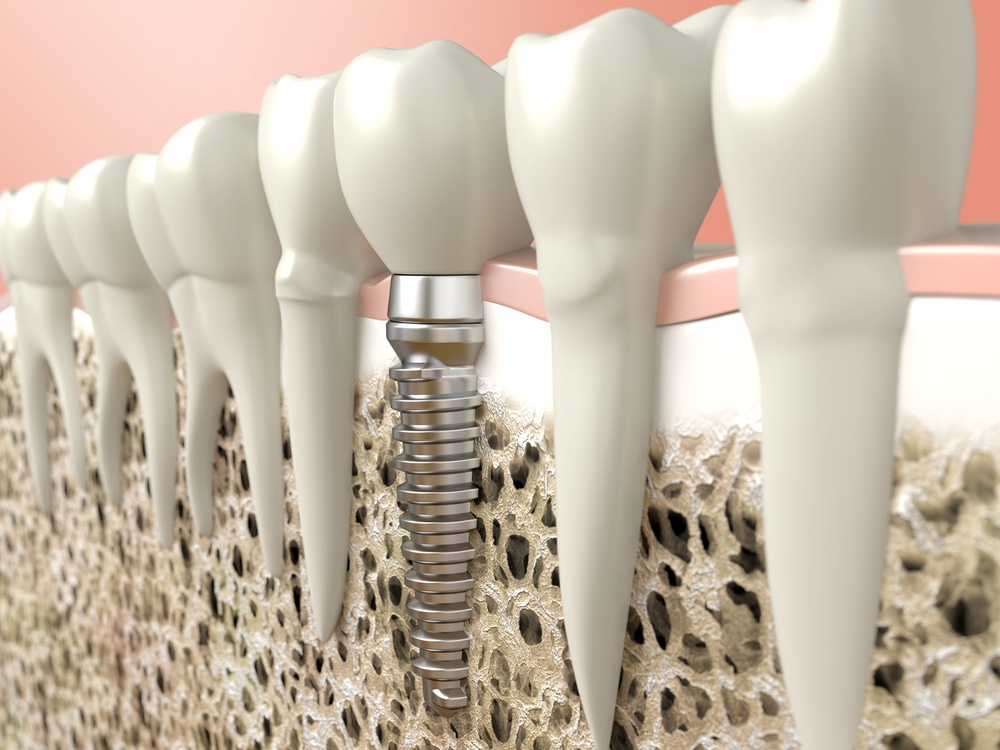
When considering the journey towards a dental implant, one critical step often surfaces in discussions with your dentist: the bone graft. This procedure may sound daunting, but it’s a testament to the marvels of modern dentistry, allowing individuals who have experienced bone loss the chance to enjoy the benefits of dental implants.
Understanding Bone Grafting In Dentistry
Bone grafting stands as a pivotal procedure in the realm of implant dentistry, involving the careful implantation of natural or synthetic bone tissue. This process is essential for augmenting or regenerating the jawbone to adequately support dental implants. Precision and care are the hallmarks of this procedure, ensuring even patients who have experienced bone loss can consider implants as a viable option. The graft serves a dual purpose: it provides a stable base for the implant and fosters the regeneration of the patient’s natural bone, setting the stage for a stronger, healthier jaw in the long term.
Evaluating Bone Quantity For Implant Success
The foundation of a successful dental implant lies in the health of your jawbone. A thorough evaluation of bone quantity is essential before considering an implant. During your initial consultation, a detailed assessment, including x-rays, is performed to gauge the quantity of your jawbone. This step identifies if a bone graft is needed to provide the necessary support for your future implant. Such meticulous preparation is key to personalised dental care, ensuring each phase of the implant process is aligned with your specific health needs and the ultimate success of your dental treatment.
Choosing The Right Type Of Bone Graft
When it comes to choosing the right type of bone graft for a dental implant, consider the following factors:
Patient’s Medical History
The overall health and medical history of the patient are paramount. Conditions that affect bone healing and growth, such as osteoporosis or diabetes, may influence the choice of graft.
Location and Size of the Defect
The area where the implant will be placed dictates the graft type. A larger defect may require a more robust graft, while a smaller one may be suitable for less invasive options.
Patient’s Preferences
Some patients may have personal preferences regarding the use of their own tissue versus synthetic or donor materials, which must be respected and factored into the decision-making process.
Cost and Availability
The availability of graft materials and their associated costs can also influence the choice, with some options being more readily available than others.
Post-procedure Care And Recovery
The path to healing following a bone grafting procedure is as crucial as the surgery itself. The recovery process is supported by a comprehensive care plan that includes:
- Follow-Up Care: Regular check-ups are scheduled to monitor the healing process.
- Medication: Prescribed antibiotics or painkillers help manage discomfort and prevent infection.
- Home Care: Patients are advised on how to care for the graft site, including dietary adjustments and oral hygiene practices.
Ready To Take The Next Step For Your Dental Health?
At Pain Free Dental Clinic, we’re committed to providing you with comprehensive care and clear information to help you make informed decisions about your dental health. If you have questions about bone grafting, dental implants or any other dental services, we encourage you to reach out. Our friendly team is ready to provide you with the support and guidance you need. Connect with us through our contact page or by calling our clinic. We’re here to assist you in achieving a healthy, confident smile.
Latest Posts
A Comprehensive Guide To The Different Types Of Dental Bridges
Dental bridges are fixed prosthetic devices used to replace one or more missing teeth by anchoring to adjacent teeth or implants. Their significance extends beyond
4 Tips For Maintaining Oral Health After Dental Implant Surgery
Dental implants are a major investment in your smile and overall health. Once you’ve undergone the procedure, it’s important to take steps that could help
4 Myths About Dental Implants Debunked
In the world of dental health, the discussion around dental implants often brings various myths and misunderstandings. It’s quite natural; substituting missing teeth with artificial
Practical Tips For Long-lasting Implant Success
Dental implants are a strong and visually appealing solution for replacing missing teeth. However, maintaining them requires regular care and maintenance. Good dental hygiene practices
Benefits Of Maintaining A Regular Dental Checkup
Maintaining good health is a comprehensive approach, encompassing various aspects of our lifestyle, and one of the most integral yet often neglected parts is oral
What Is Bone Graft For Dental Implant?
When considering the journey towards a dental implant, one critical step often surfaces in discussions with your dentist: the bone graft. This procedure may sound

